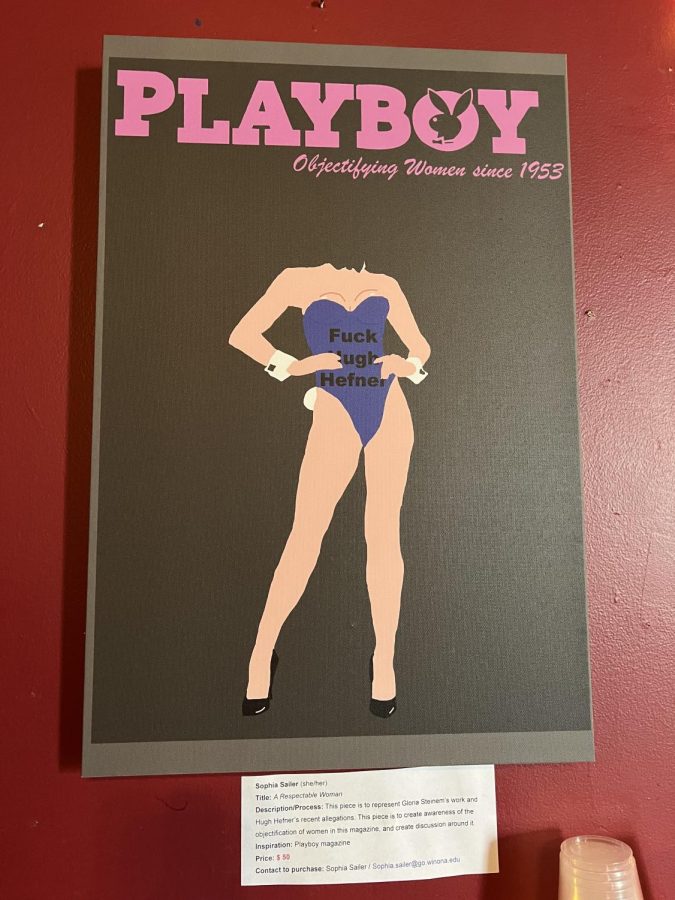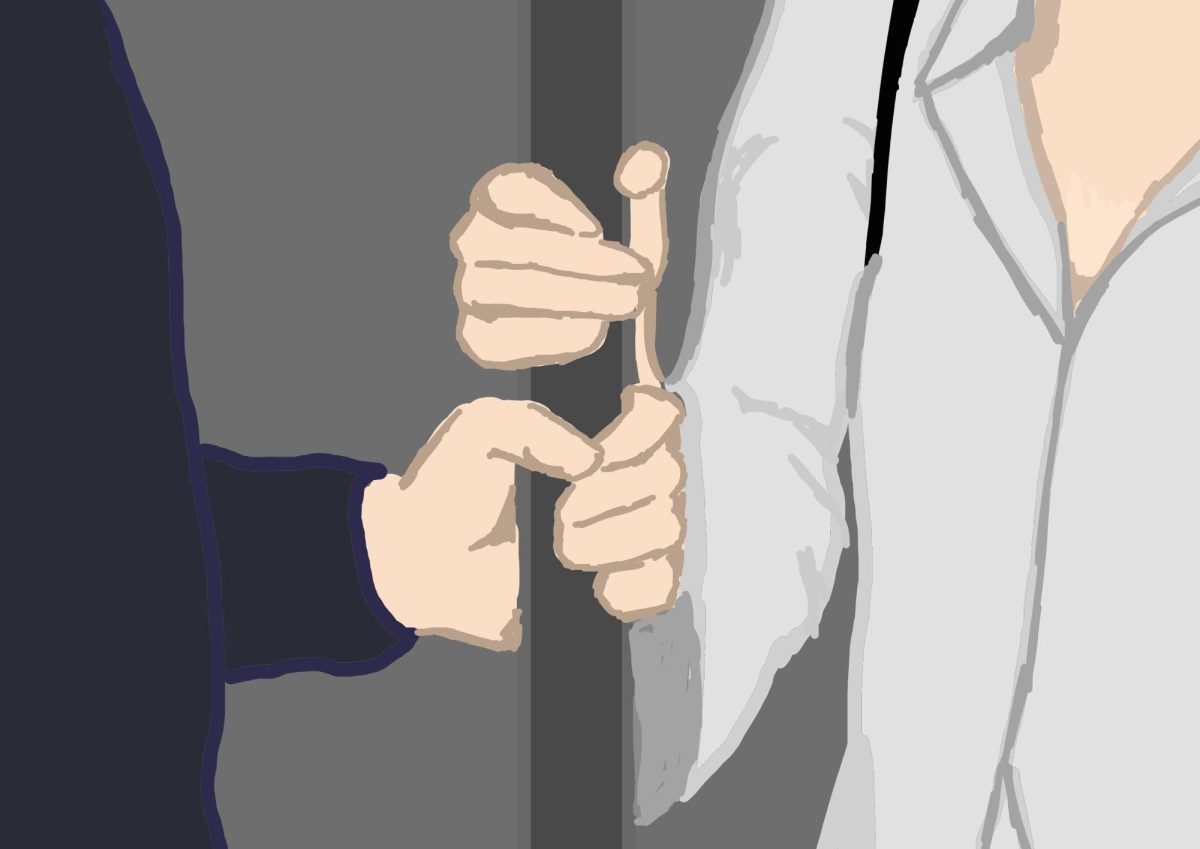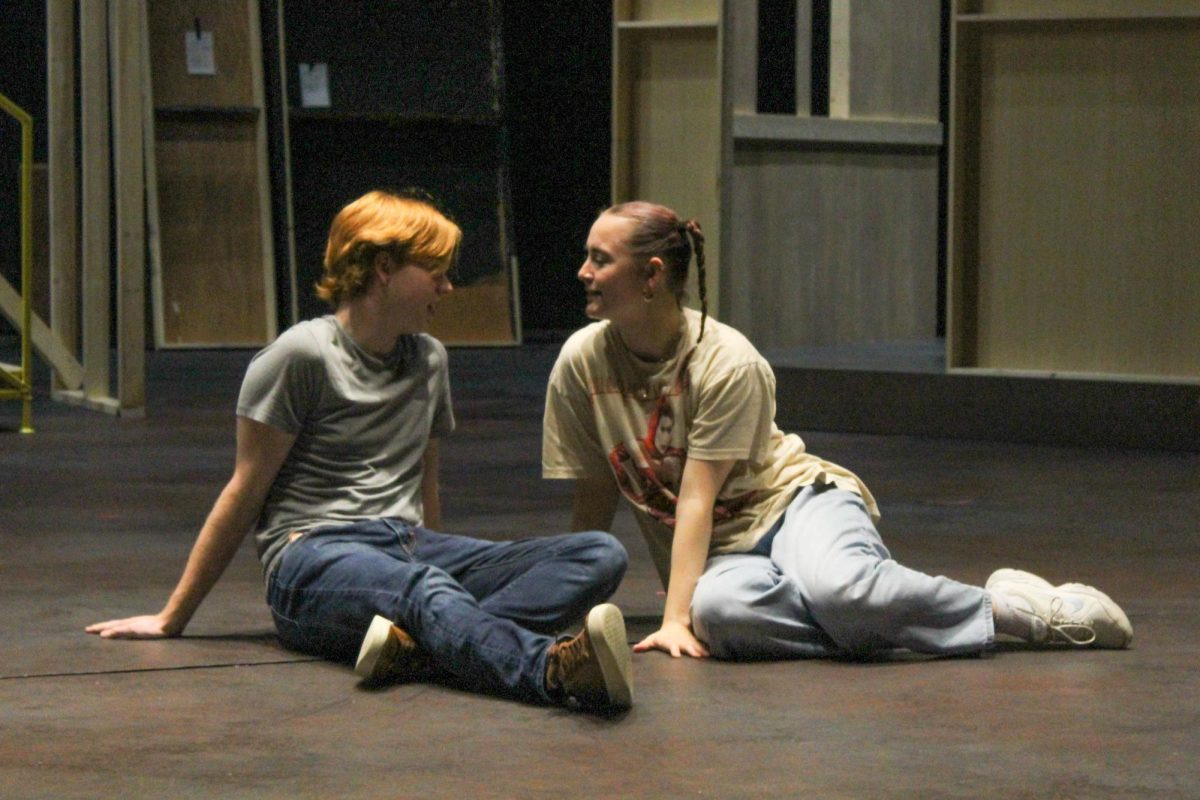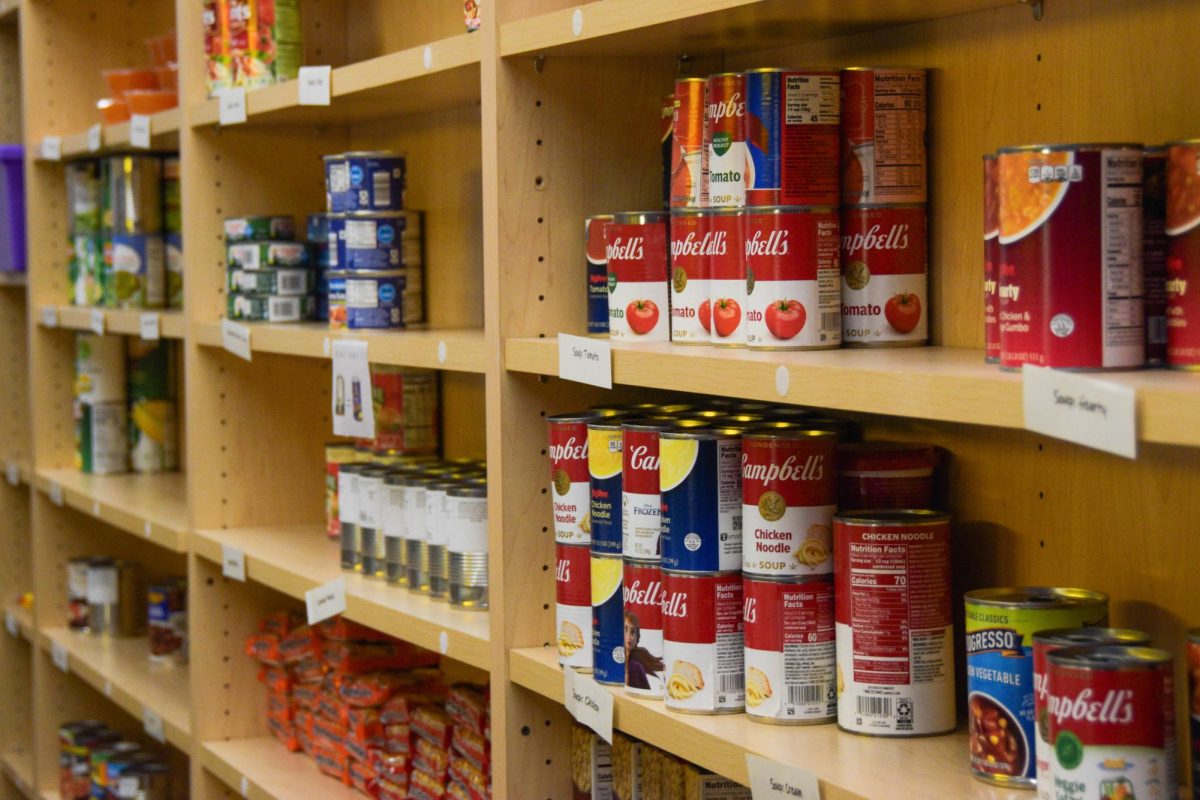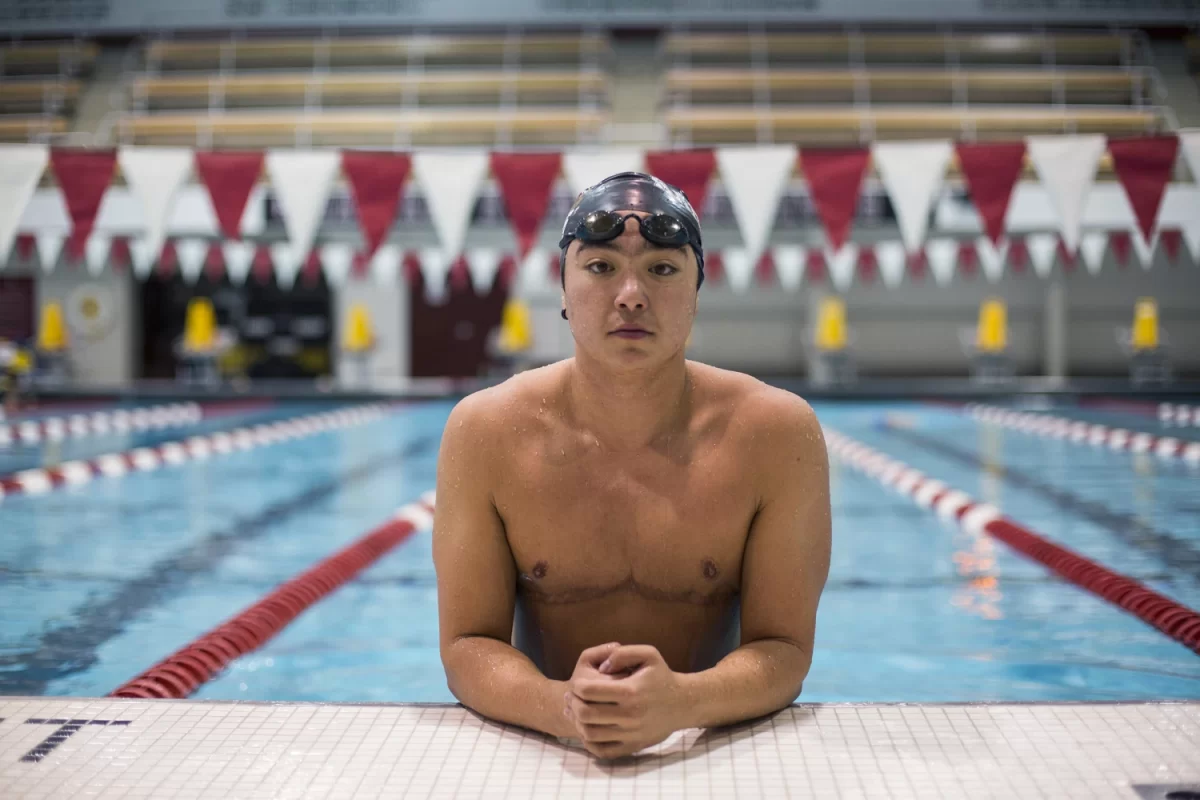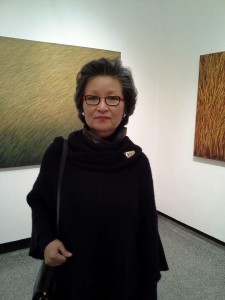
HANNAH JONES
Hannah Jones/Winonan
When artist Joonja Lee Mornes goes back to her hometown of Seoul, Korea, she often gets lost.
“Everything’s changed,” she said. She first left Seoul in 1965 to study painting at the University of Minnesota.
In Seoul, the modern construction existed side-by-side with traditional architecture, surprising and delighting her.
“It was two different times living together nicely,” she said.
Her exhibit of paintings, “Weaving Words, Time and Space,” is currently on display in Watkins Gallery.
Last week, she came to Winona State University to discuss the inspiration behind her work and give students and faculty the opportunity to peruse her selections: several paintings of rolling fields of grass.
Each painting was a window that put the viewer nose to nose with blades of grass, some tilting gently, others whipping in a suggested wind, all radiating their own unique color schemes.
Some of the grass pictures were a gentle green that faded into blurry yellow, a brilliant strawberry red sliding steadily into plum, and every shade in between.
Behind the layers of color, Mornes also painted bodies of text. As she continued to apply coats of paint, the words became more and more illegible. “Ode to Joy,” which appears in a few of her paintings, fades into wavers and bumps in the background.
Many of her viewers did not even realize the text was there.
When Amanda Peterson, a junior in the graphic design department, found out each painting had text in it, she was surprised.
“That’s a little disconcerting,” she said, looking again.
She said she didn’t mind not being able to read the faint traces of words behind the images.
“It makes it cohesive,” she said. “It’s okay not knowing.”
The paintings varied in size from large to larger.
The biggest pieces were more than an arm span across and took up roughly half of the gallery wall from floor to ceiling.
“I like to work in a larger scale because you walk right into it,” Mornes said. She wanted her art to take viewers somewhere.
But where?
Mornes said she drew a lot of inspiration from her Korean heritage.
The long, graceful arcs of her brush strokes come from traditional East Asian ink paintings. Individuals who are also from Korea, she said, can easily see Korea in her paintings.
But the paintings, she said, are not depicting Korea.
Nor are they depicting the grassy riverside slopes of the Mississippi, where she took several photographs to inform her work.
“I take the pictures intentionally out of focus,” she said. It was not, she said, her goal to represent them accurately in her work. The spaces in the photographs are not the spaces she creates in her paintings.
“Everything is very layered,” Peterson said, meandering through the exhibit slowly, taking in each field. “I’ve never seen this technique before.”
She considered a blue painting of grasses with long, bowing stalks. “It’s calming,” she said.
That, Mornes said, was the place at which she hoped her viewers would arrive.
“I wanted to communicate a feeling more than a representation,” she said. “I want to engage the viewers more.”
Her paintings, she said, are meant to bring their viewers to a particular state of mind, a feeling, a thought.
They are, she said, “meditative.”
“When I paint, I want to transcend those pains you go through, and go through to another level,” she said.
At her presentation, Mornes gave her artist statement; or rather, the short version.
Her artist statement, she said, is always flowing, always changing—not unlike her paintings, which she will constantly adjust over time until buyers and galleries take custody of them. The inability to change them after the fact, she said, frustrates her.
“I listen and echo the voices of moments,” she said. “I breathe the air from the earth and water. I interweave them in painting.”
Contact Hannah at [email protected]




























































